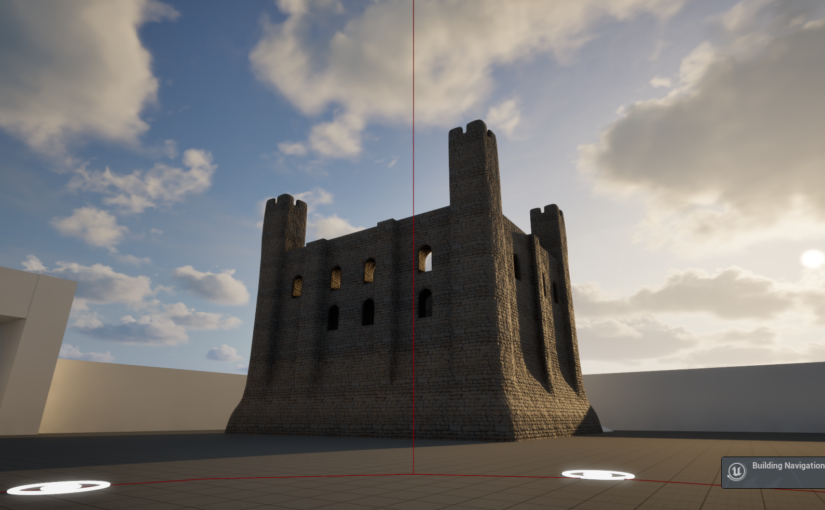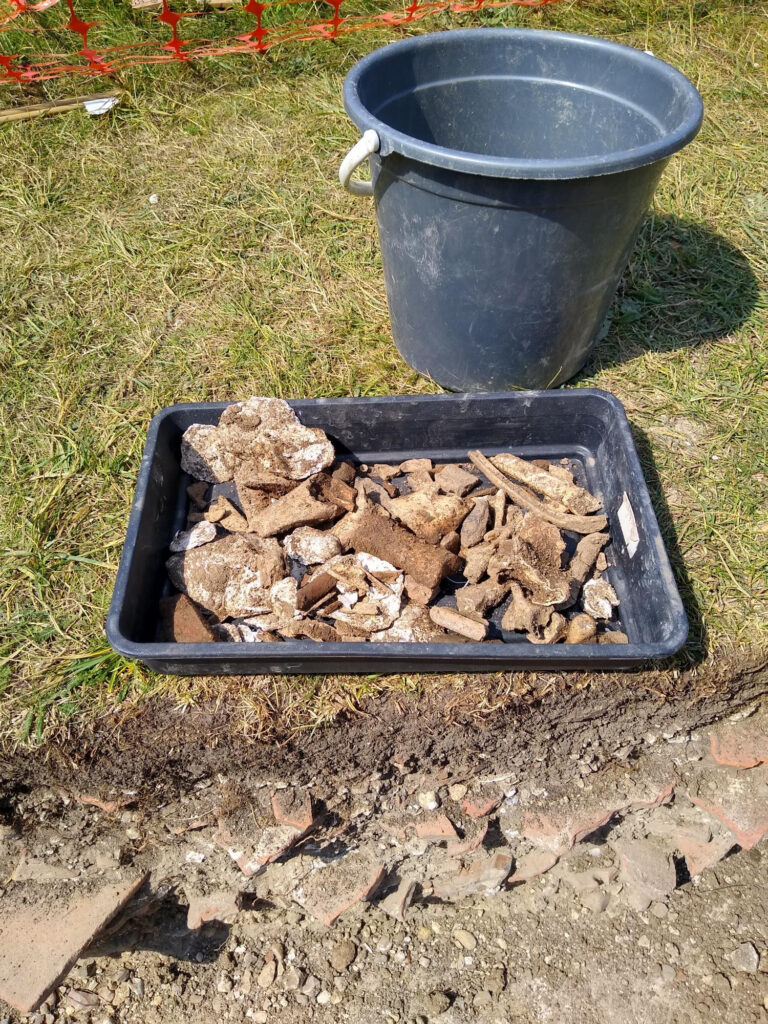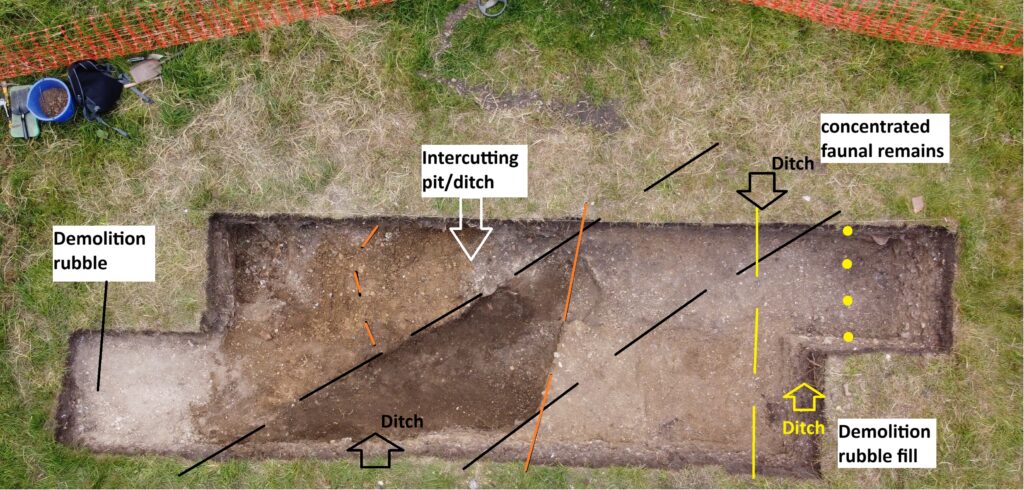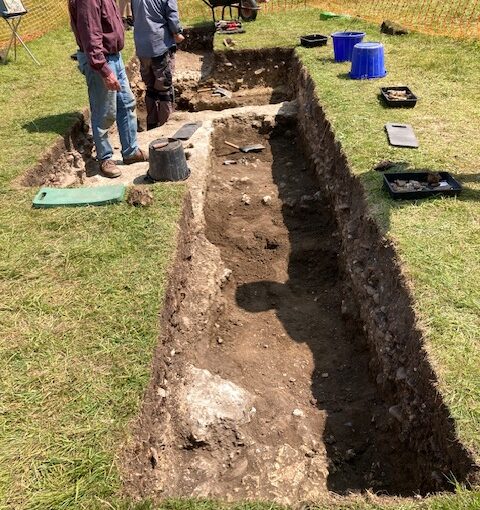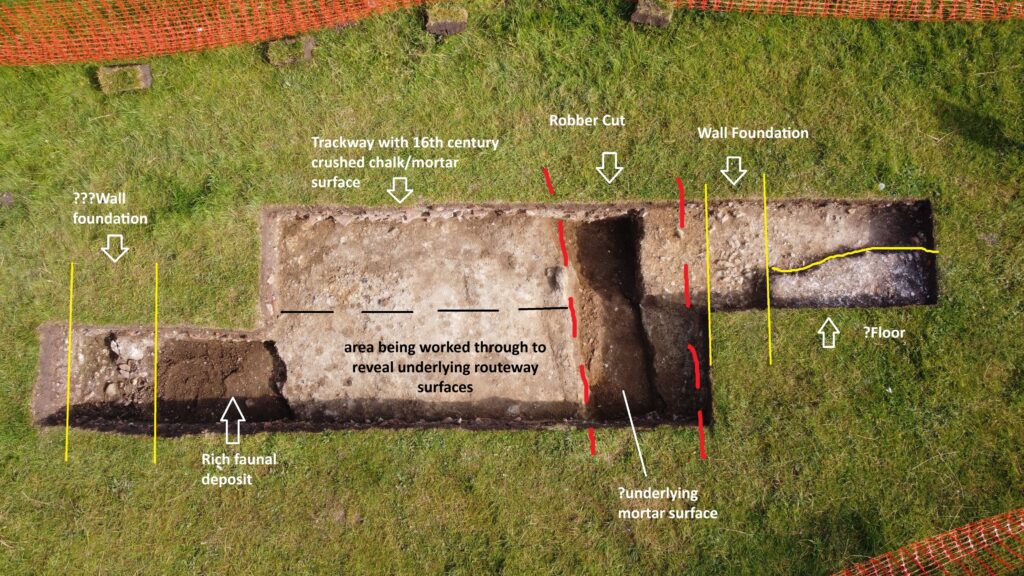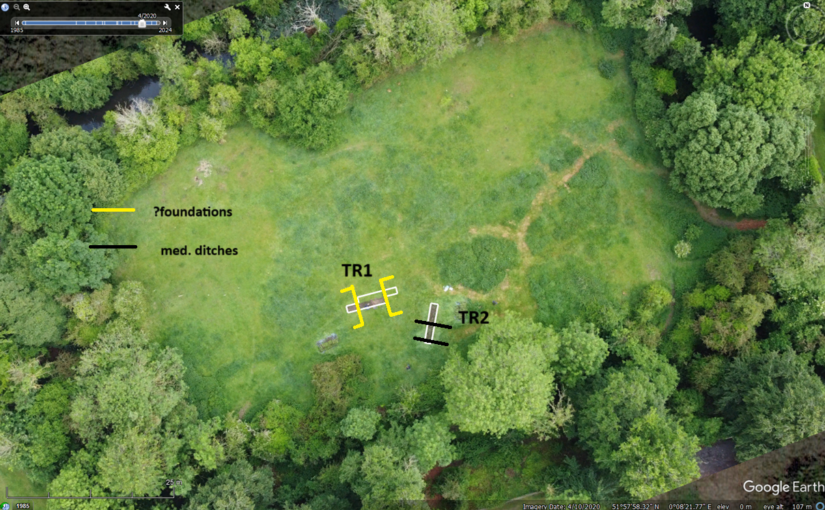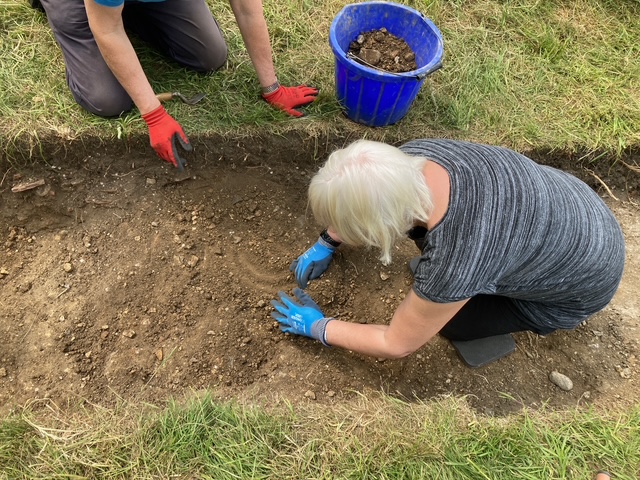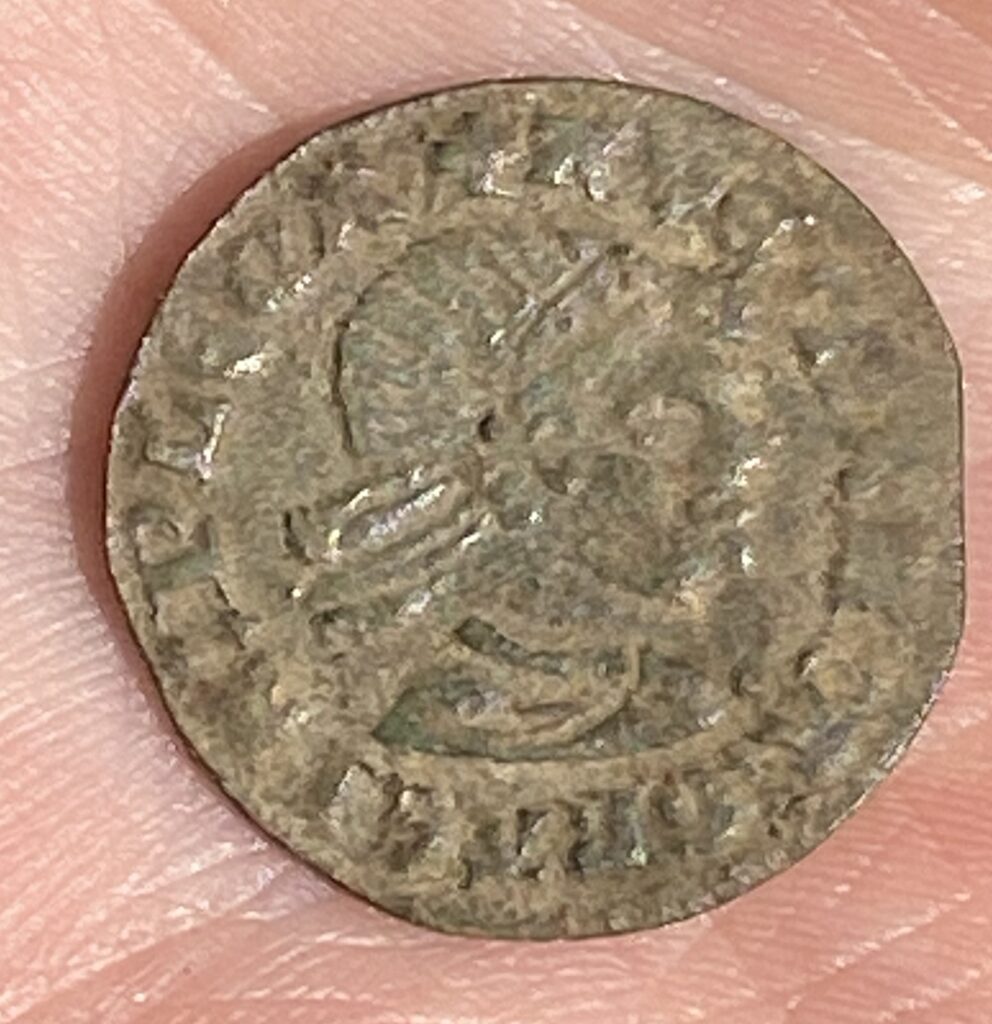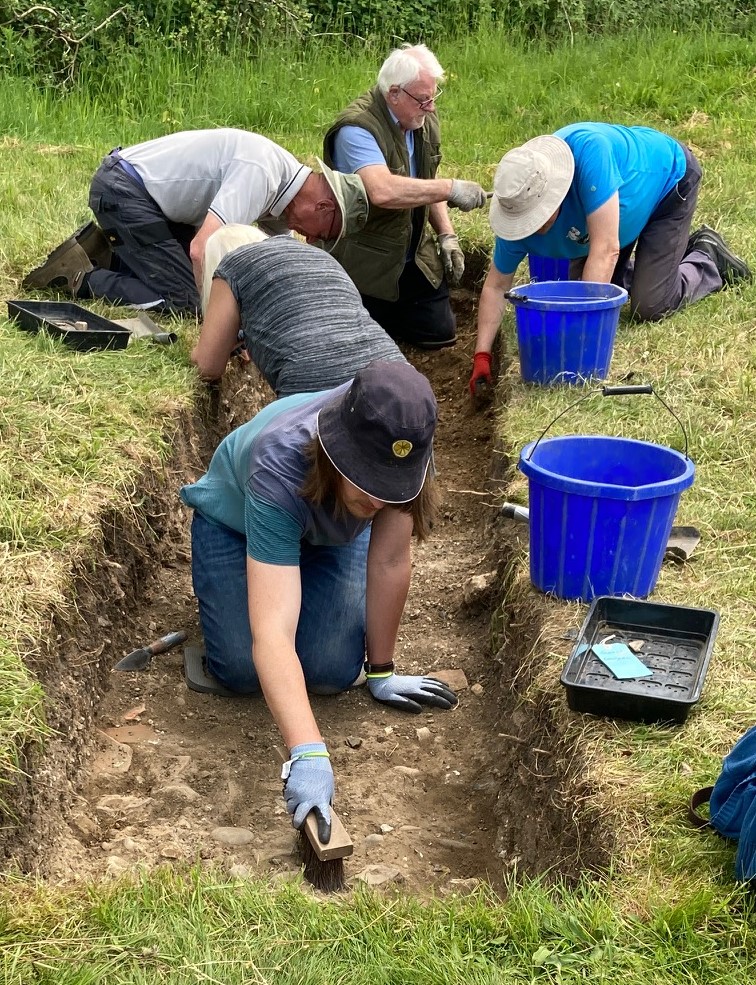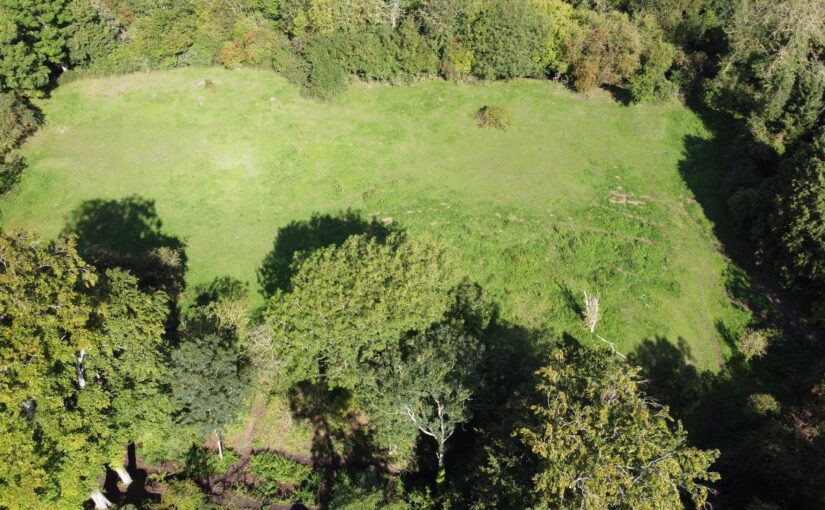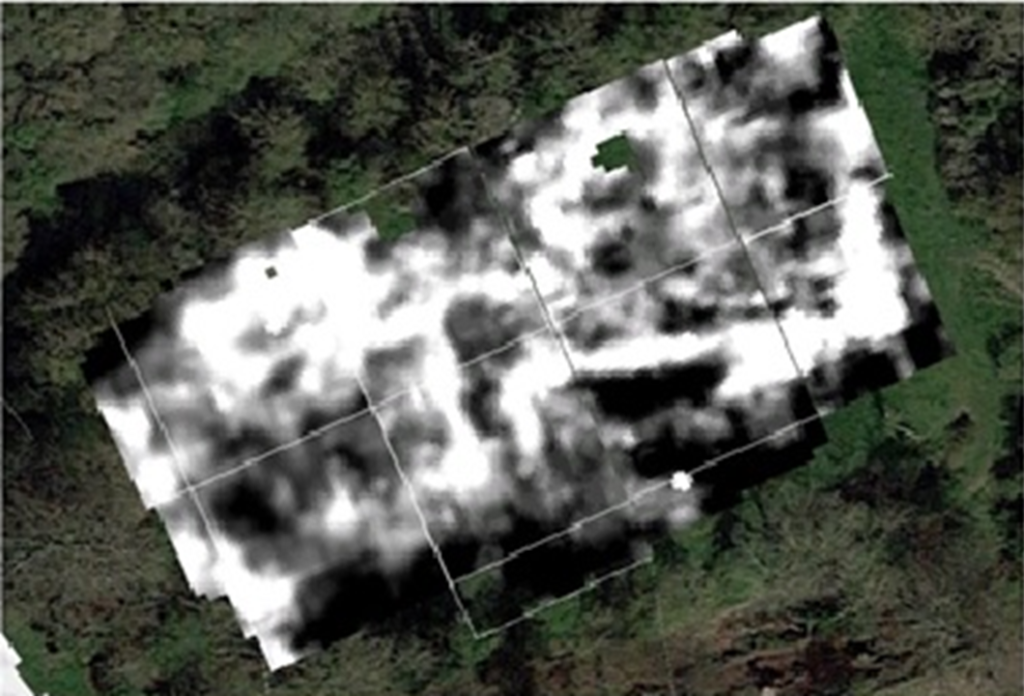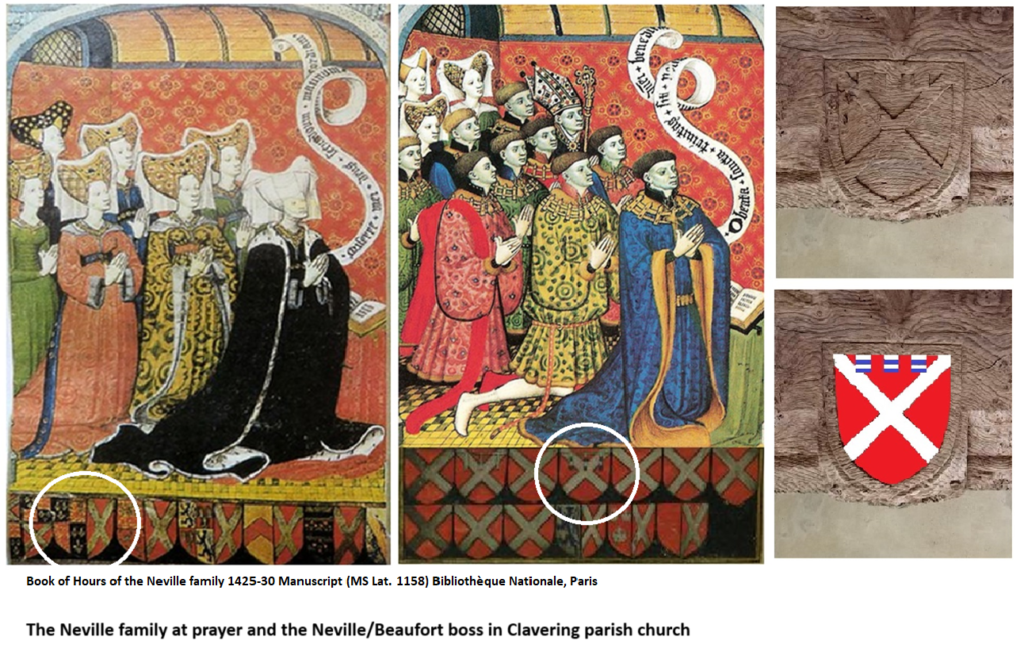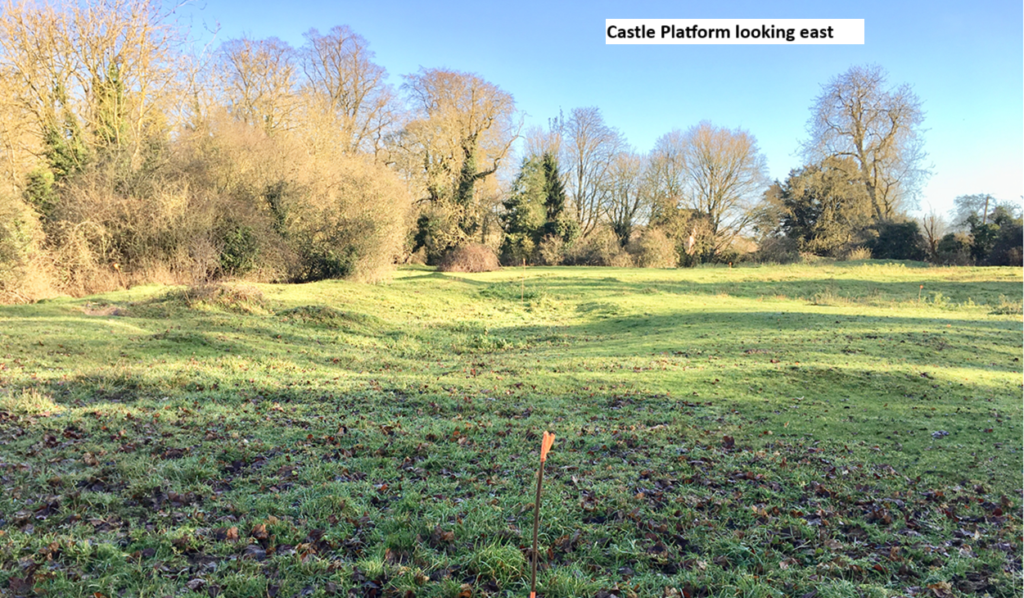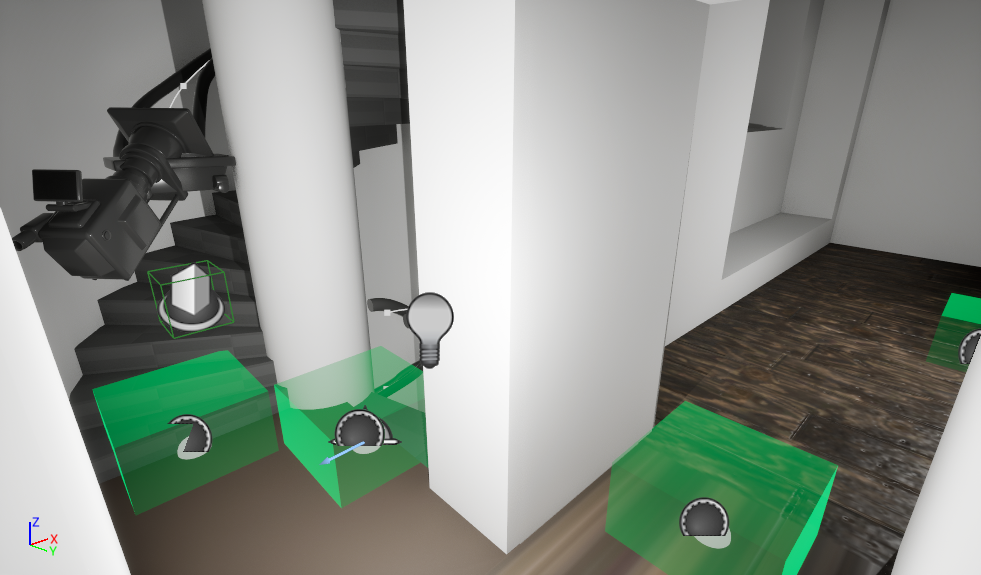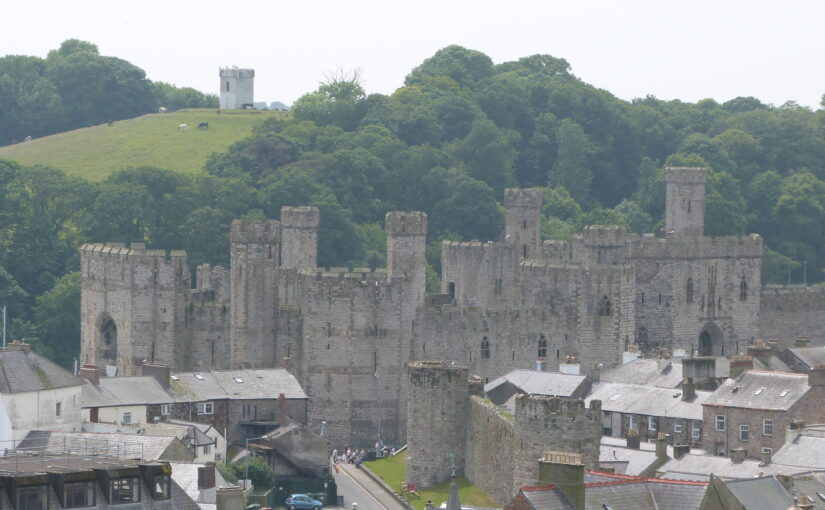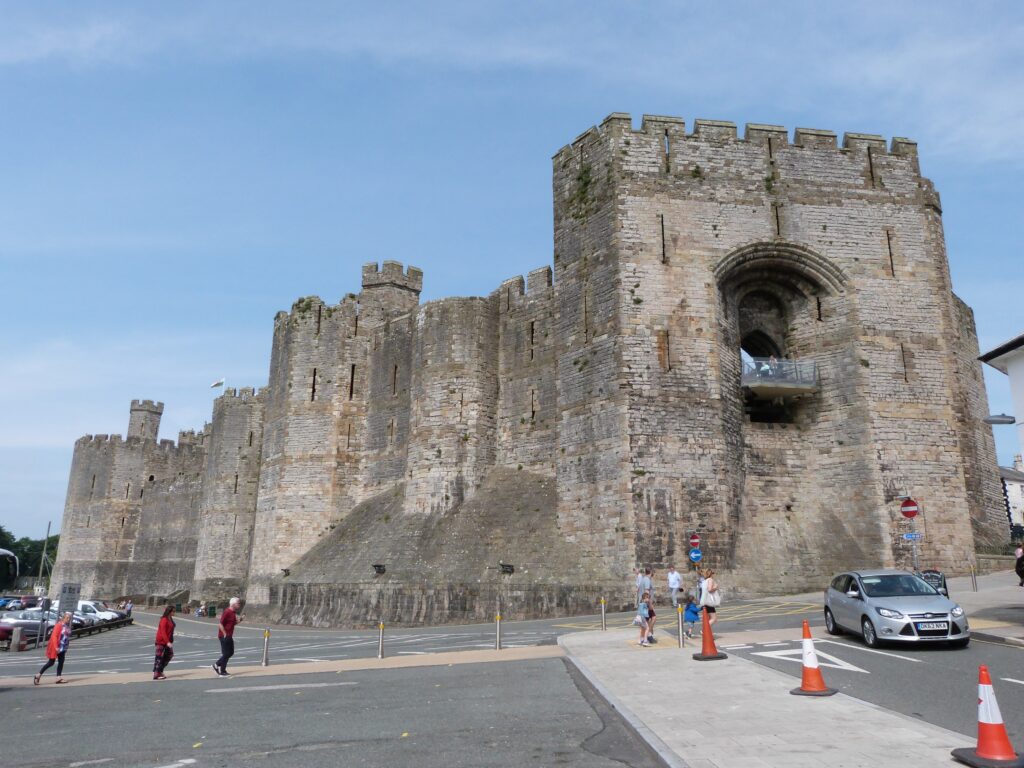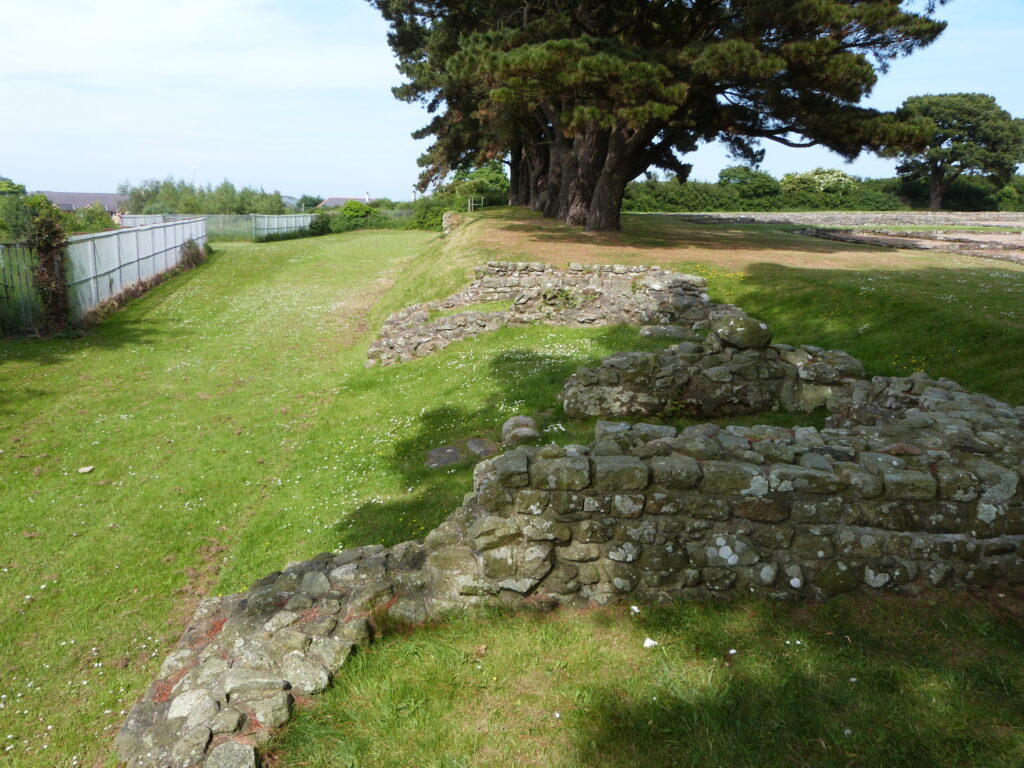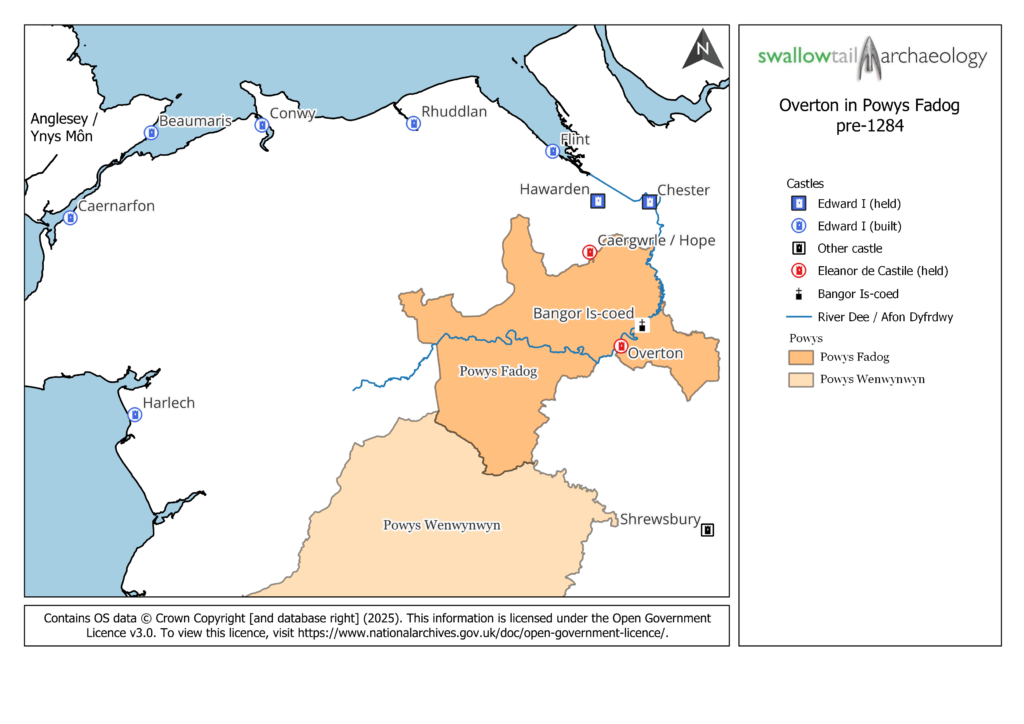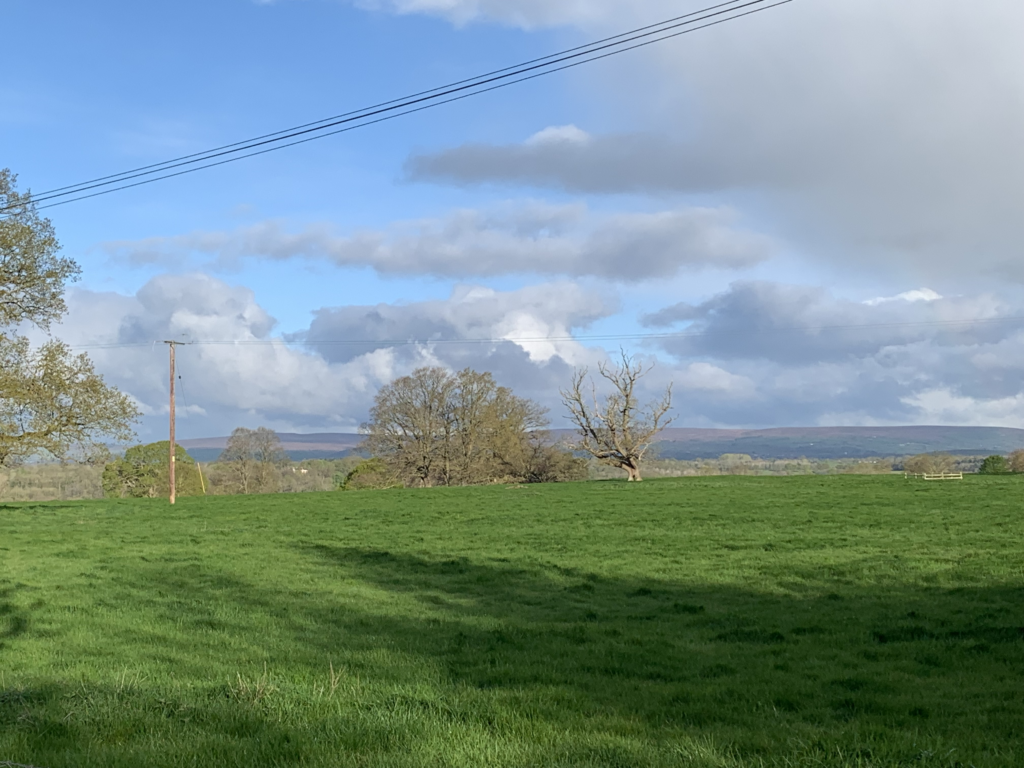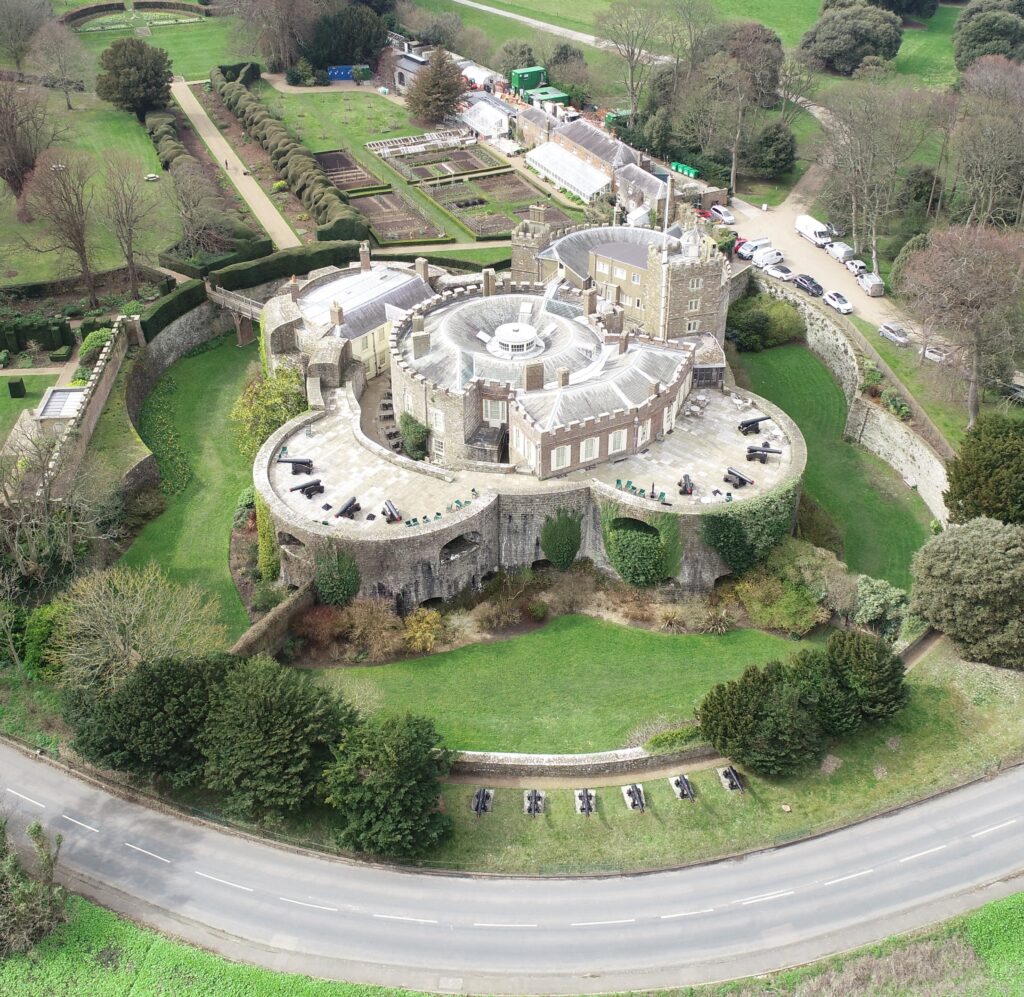Your donations make our research grants possible. But the grants go beyond the initial research, into the continuing and lasting impact which carries beyond far beyond the excavation season or the granting year. Research from two Castle Studies Trust grants can be seen at the upcoming Leeds International Medieval Congress in July 2025.
Subscribe to our quarterly newsletter
Every year, over three thousand medievalists from around the globe meet at the University of Leeds to present research, share new knowledge, make connections with others, and grow and foster the global community of medievalists. This major international conference also provides CST grantees a further platform to inform scholars about their research into castles. In 2025, under the special theme of ‘Worlds of Education,’ the Castle Studies Trust is proud to highlight papers and projects which have received CST support, financially or otherwise:

Prof. Leonie Hicks of Canterbury Christ Church University will be presenting initial research from Canterbury Castle in a paper titled ‘Digital Interludes: Methods of Teaching Castles.’ This work looks at her department’s digital castle work of which the project ‘Visualising Canterbury Castle,’ which was awarded £9631 from CST in 2025 is part of. This dynamic, multi-discipline project intends to create a detailed digital plan of the keep to understand the site, largely now in ruin but scheduled to reopen in correlation with the 1000th anniversary of William the Conqueror’s birth.
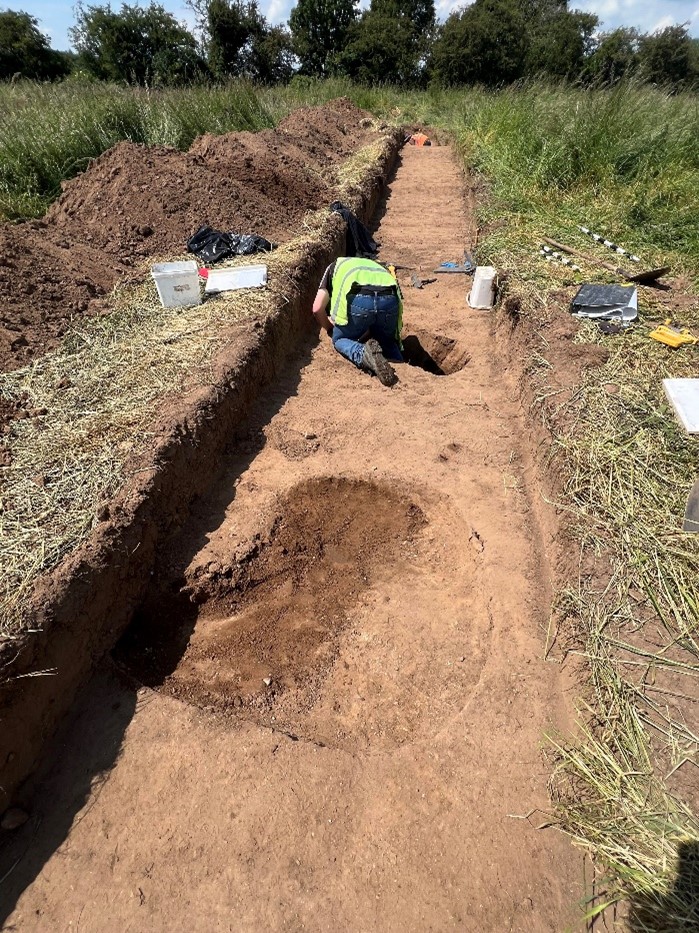
Dr Ryan Prescott (University of Leeds) will be presenting further research on Newhouse Castle, Lincolnshire, in a paper titled ‘Reframing Newhouse Castle: Lincolnshire and the “Anarchy.”’. In 2024, this project was awarded £9867 from the Castle Studies Trust. Dr Prescott and team are seeking to understand and determine the nature of the castle at Newhouse and the lower gentry’s places within the sphere of the Anglo-Norman Civil War (1138-1154.) As seen with this paper, the impact of this award is continuing beyond the excavation which the CST funded.
Subscribe to our quarterly newsletter
Your support and donations make these projects possible, including the lasting impact we see from them in the academic sphere as well as the wider world.
Further research and outreach fostered by the Castle Studies Trust will also be seen at Leeds. For example, two papers stem from initial presentations at our 2023 CST anniversary symposium.
One of our assessors, Dr Erik Matthews with the Hornby Castle Project, Northallerton, will be presenting continuing research on ‘The Religious Experiences of an Elite Household in Medieval Wensleydale, 1000-1550.’ Dr Matthews initially presented this research on ‘Hornby Castle, Wensleydale, North Yorkshire: An Elite Holiday Home of the Later Middle Ages’ at our 2023 anniversary symposium. Dr Matthews also acts as one of the CST’s expert assessors for grant applications. You can read more about his work at Hornby at our blog.
Similarly, Dr Lorna-Jane Richardson, University of East Anglia, will be speaking at Leeds about ‘Modern Myth and ‘Medieval’ Identity: The Case of Bungay Castle.’ Dr Richardson likewise first presented this research at our 2023 anniversary symposium. You can read more about her work from her blog post here.
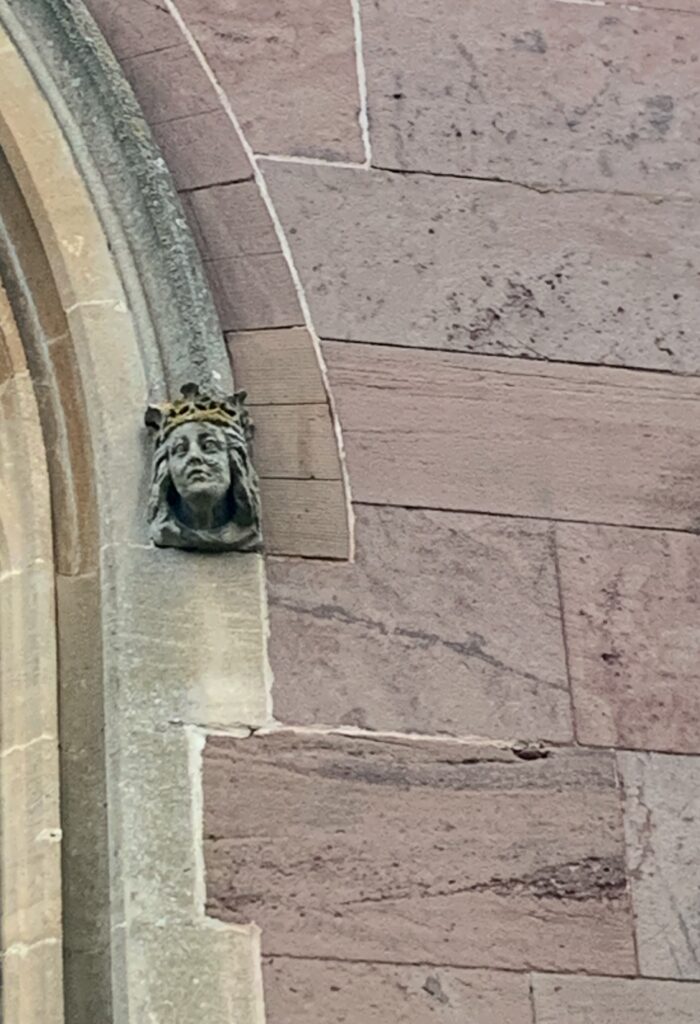
More of our Trustees and Assessors are also presenting work at Leeds: Dr Rachel Swallow of Swallowtail Archaeology will present her ongoing work on Queen Eleanor of Castile and the contexts of her castles with a paper ‘Leisure, Literature and Legend: Reconstructing Edward I and Queen Eleanor of Castile’s Castles and Boroughs through Innovative Landscape Contexts.’ You can read more about Dr Swallow’s ongoing research on the topic in her blog post with CST. Dr Swallow is one of our team of expert assessors for grant applications.
Dr Katherine Weikert, University of Winchester, will present new research into castles, pedagogy and the ideas-informed society with co-researcher Ruth Luzmore (University of Southampton) in their paper, ‘Timeless Terrains: Medieval and Modern Mental Landscapes Today.’ Dr Weikert has been a Trustee of the Castle Studies Trust since 2020.
From grantees to trustees, the Castle Studies Trust is at the forefront of new, exciting research into castles. Your support makes this all possible, and donations, however small, are put to good use. Thank you for your support.
Subscribe to our quarterly newsletter
You can continue to help fund our work by going here: Kindlink Donation Form App
